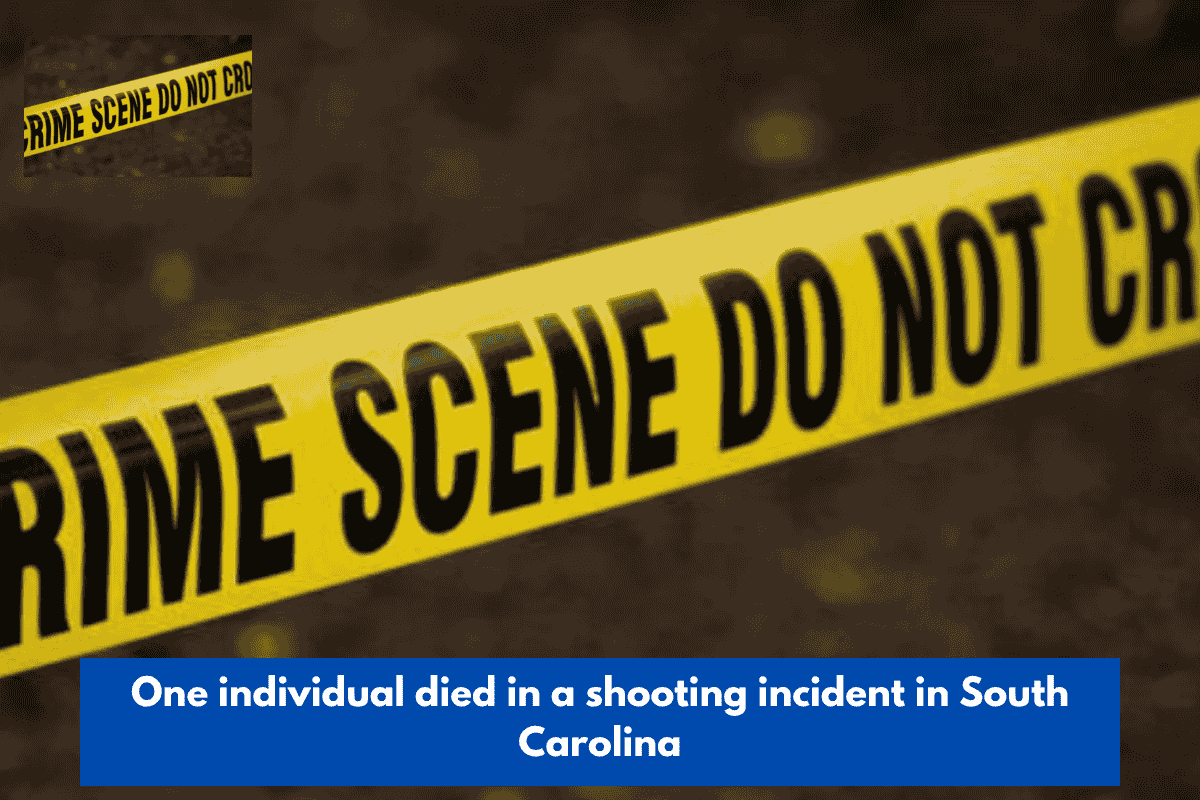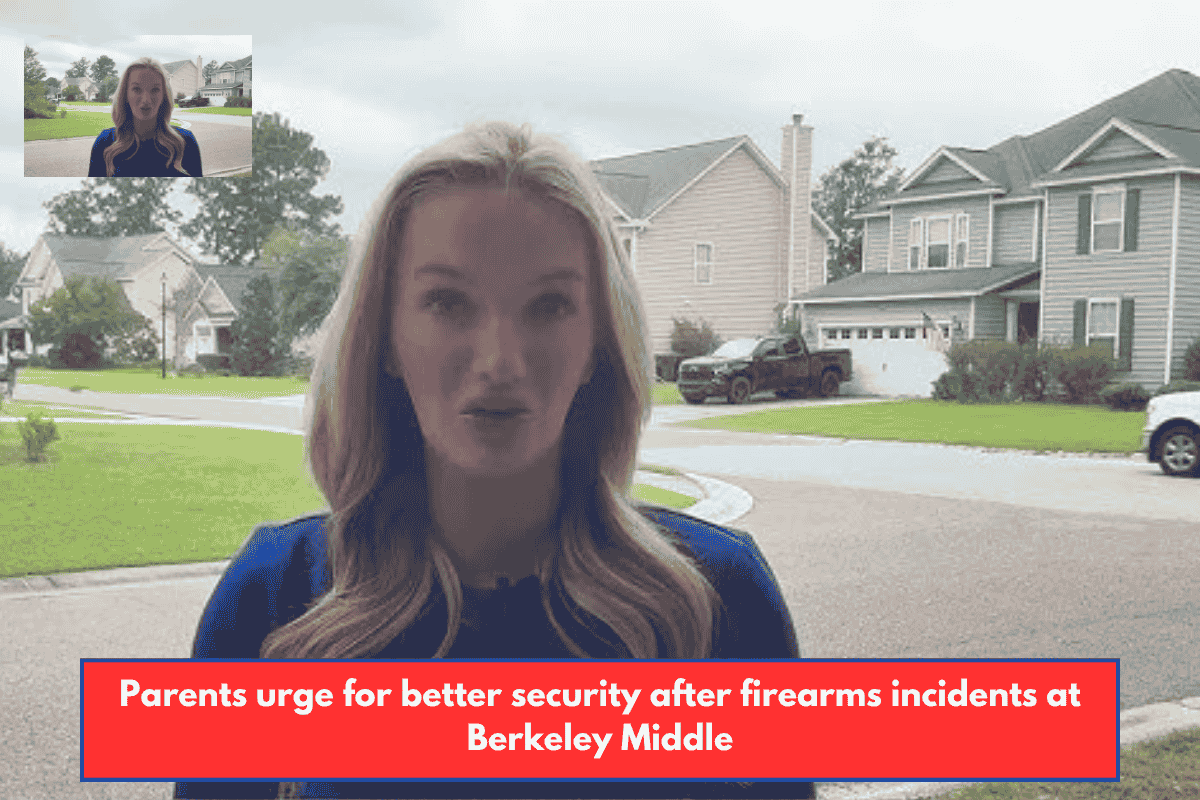On July 16, residents of Summerville, S.C., felt a minor 2.2 magnitude earthquake about a mile northeast of town. While it was small enough to mostly go unnoticed, it underscores a lesser-known fact: the Lowcountry experiences regular seismic activity.
Summerville as a Seismic Hub
Representative Gil Gatch, House Representative for District 94, noted, “As far as the east coast goes, Summerville, Charleston, we’re the hub of the earthquakes.” He emphasizes the importance of public awareness and insurance preparedness. Gatch has been filing legislation since 2021 requiring insurance companies to educate locals about earthquake coverage; the current bill, H.3227, is scheduled for a committee hearing in early 2026.
Local Seismic Activity
According to the South Carolina Emergency Management Division (SCEMD), the state sees 10–15 magnitude-3-or-less earthquakes each year, with only 3–5 actually felt by residents. These earthquakes are intraplate quakes, occurring within the North American plate, often in the coastal plain or near dams where water pressure affects faulted rocks from ancient plate breakups.
Historical Context: The 1886 Earthquake
Summerville sits in the Middleton Place–Summerville Seismic Zone (MPSSZ), which was the site of the devastating 7.3-magnitude earthquake in 1886. That quake claimed 60 lives and caused widespread damage. Gatch warns that history could repeat itself: “When you look at the seismic hazard map, we are colored in the same range as the San Andreas fault and the San Francisco Bay Area.”
Modern-Day Risk Estimates
SCEMD estimates that a 1886-strength earthquake today could have catastrophic consequences:
Casualties: 45,000 people, with 9,000 major injuries and 900 fatalities.
Displaced Residents: ~200,000 people, with 60,000 needing short-term shelter.
Economic Losses: Total losses could exceed $20 billion, including $14 billion in building damages and over $1 billion in transportation/utilities damages. The tri-county area (Charleston, Berkeley, Dorchester) could see $10.9 billion in losses.
Infrastructure Damage: 30% of hospitals nonfunctional, over 220 schools and 160 fire stations damaged, and ~800 bridges destroyed or impaired.
Utilities: 80% of urban households without water, ~300,000 households without power, and 36 million tons of debris generated.
Fires: More than 250 fires likely due to compromised firefighting resources.
Education and Preparedness Key
Rep. Gatch stresses that public education is crucial: “It’s not taking people’s freedom away; it’s giving people the information they need to make the best decisions for their family and business.” Earthquake awareness in the Lowcountry, historically overshadowed by hurricane preparedness, could save lives and minimize economic losses in the event of a major quake.
The recent 2.2 magnitude tremor serves as a quiet reminder: even in the Lowcountry, the ground beneath can surprise you.














